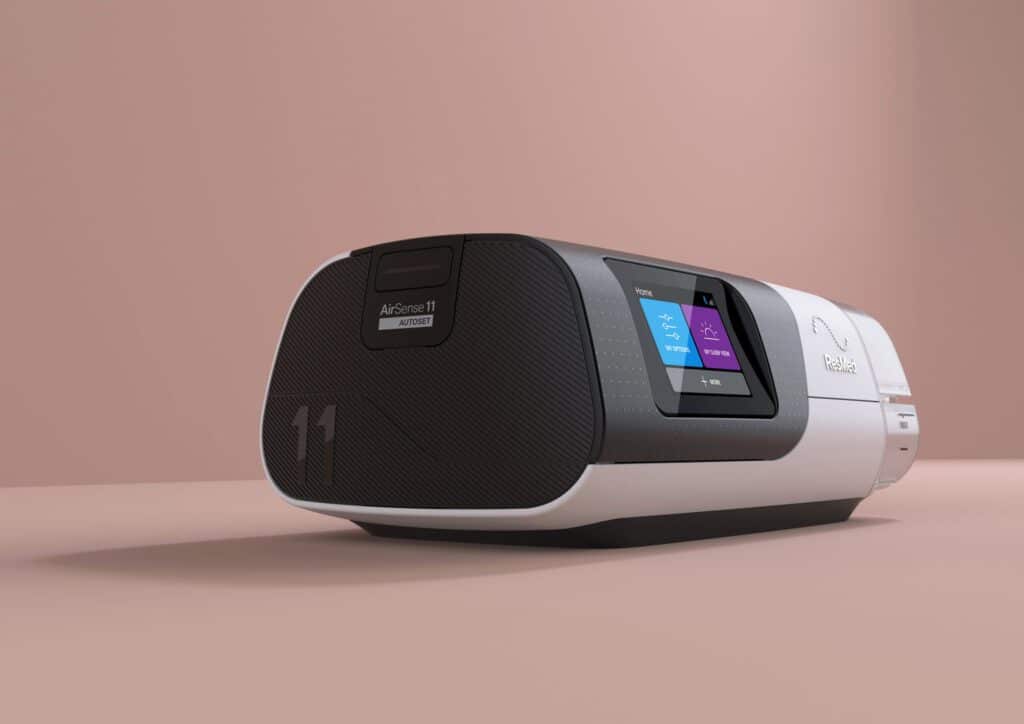In the ever-evolving landscape of healthcare, integration has become a cornerstone for providing seamless and patient-centered care. As technology continues to advance, so do the opportunities for healthcare integration. In this blog, we’ll explore the emerging trends and technologies that are poised to shape the future of healthcare integration.
IoT Devices and Wearables: Revolutionizing Patient Monitoring
The Internet of Things (IoT) is set to transform healthcare by enabling real-time monitoring of patients’ vital signs and health metrics. Wearable devices equipped with sensors can track everything from heart rate and blood pressure to activity levels and sleep patterns. This data can be seamlessly integrated into Electronic Health Records (EHRs), providing a comprehensive view of a patient’s health over time. By enabling continuous monitoring, healthcare providers can detect and address potential issues early, leading to more proactive and personalized care.
Example: John, a patient with hypertension, wears a smartwatch equipped with sensors that continuously monitor his blood pressure and heart rate. This data is seamlessly integrated into his Electronic Health Record (EHR). John’s healthcare provider receives real-time alerts if his blood pressure spikes, allowing for timely intervention and adjustments to his treatment plan. This proactive monitoring enables John to receive personalized care, ultimately improving his overall health.
Blockchain: Enhancing Data Security and Integrity
Blockchain technology is gaining traction in healthcare for its potential to revolutionize data security and integrity. By providing a decentralized and immutable ledger, blockchain ensures that health information remains tamper-proof and transparent. This is particularly crucial for sensitive patient data, as it instills trust in the integrity of the information. Blockchain can also streamline consent management and data sharing, allowing patients to have greater control over their own health information.
Example: Sarah undergoes a series of medical tests, including genetic sequencing, to assess her risk for hereditary conditions. The results, stored on a blockchain platform, are tamper-proof and transparent. Sarah can grant access to specific healthcare providers or researchers, ensuring her data is used only with her consent. This level of trust and control over her sensitive health information empowers Sarah in managing her own health.
Artificial Intelligence (AI) and Machine Learning: Augmenting Clinical Decision-Making
AI and machine learning algorithms are becoming integral in healthcare integration by assisting in clinical decision-making. These technologies can analyze vast amounts of patient data, identify patterns, and offer insights that can aid healthcare providers in making more informed decisions. Additionally, AI-powered chatbots and virtual assistants are being integrated into healthcare systems to provide immediate and personalized patient support, improving accessibility to care.
Example: Emily, a patient with a complex medical history, undergoes a thorough evaluation. Integrated AI algorithms analyze her data, identifying subtle patterns indicative of an early-stage condition. The system provides the healthcare team with evidence-based recommendations for further diagnostic tests and treatment options. This assists the providers in making well-informed decisions, leading to a more accurate and timely diagnosis for Emily.
FHIR (Fast Healthcare Interoperability Resources): Standardizing Data Exchange
FHIR, which stands for Fast Healthcare Interoperability Resources, is a modern standard for exchanging healthcare information electronically. With its flexibility and adaptability, FHIR facilitates the seamless exchange of data between different healthcare applications and systems. Its popularity is expected to grow, as it supports web-based applications and mobile platforms, aligning with the increasingly digital nature of healthcare.
Example: Michael recently switched healthcare providers due to a move. His new healthcare facility utilizes FHIR standards for data exchange. Michael’s complete medical history, including past diagnoses, allergies, and prescriptions, is seamlessly transferred from his previous provider’s EHR to the new system. This ensures continuity of care and allows the new healthcare team to pick up where the previous one left off.
Cloud-Based Solutions: Enabling Scalability and Accessibility
The shift towards cloud-based solutions is revolutionizing healthcare integration. Cloud platforms offer scalability, allowing healthcare organizations to easily expand their systems as needed. They also facilitate remote access to patient data, enabling healthcare providers to deliver care from virtually anywhere. Cloud solutions are particularly valuable for large healthcare networks and organizations with multiple locations.
Example: Michael recently switched healthcare providers due to a move. His new healthcare facility utilizes FHIR standards for data exchange. Michael’s complete medical history, including past diagnoses, allergies, and prescriptions, is seamlessly transferred from his previous provider’s EHR to the new system. This ensures continuity of care and allows the new healthcare team to pick up where the previous one left off.
Telemedicine and Virtual Health: Expanding Access to Care
Telemedicine and virtual health technologies are playing an increasingly important role in healthcare integration. These technologies allow for remote consultations, monitoring, and treatment, breaking down geographical barriers and expanding access to care. Integrating telemedicine platforms with EHRs ensures that patient information is seamlessly captured and accessible, regardless of the mode of care delivery.
Example: Maria, an elderly patient with mobility challenges, requires regular check-ups for her chronic condition. Through a telemedicine platform integrated with her EHR, Maria connects with her primary care physician for a virtual appointment. The physician reviews Maria’s medical history, conducts a thorough assessment, and adjusts her treatment plan accordingly. This eliminates the need for Maria to travel to the clinic, significantly improving her access to essential healthcare services.
Data Analytics and Population Health Management: Driving Informed Decision-Making
Advanced data analytics tools are becoming instrumental in healthcare integration. By aggregating and analyzing large datasets, healthcare organizations can gain valuable insights into population health trends, allowing for more effective preventive care strategies and resource allocation. Additionally, predictive analytics can help identify high-risk patients, enabling proactive interventions.
Example: Regional Health Authority uses advanced analytics to assess the health needs of the community it serves. Through integration, they analyze population health data to identify prevalent health issues and demographic trends. Armed with this information, the authority tailors preventive care initiatives, allocates resources efficiently, and implements targeted interventions to address specific health challenges within the community.
The impact of healthcare trends is Multifold
1. Enhanced Patient Outcomes
Healthcare advancements lead to better patient outcomes. For instance, wearable technology offers more precise health data, empowering physicians to make well-informed decisions regarding patient well-being.
2. Heightened Operational Efficiency
Healthcare trends streamline administrative tasks, enhance communication among providers, and improve care coordination. This, in turn, reduces the necessity for unnecessary hospital visits, optimizing the delivery of healthcare services.
3. Cost Reduction
Through increased efficiency, healthcare trends can lower costs by minimizing the need for costly medical procedures and extended hospital stays.
4. Elevated Patient Engagement
Patients are more engaged when provided with comprehensive information about their health and treatment alternatives. This empowers them to play a more active role in their own healthcare.
5. Enhanced Accessibility to Care
Innovations like telemedicine expand access to medical services, enabling patients to receive treatment from their homes, negating the requirement to travel to a physical healthcare facility.
Conclusion: A Connected and Patient-Centric Future
The future of healthcare integration is bright, with emerging technologies promising to revolutionize the way care is delivered. From IoT devices and blockchain to AI-driven insights and cloud-based solutions, the healthcare landscape is becoming increasingly connected and patient-centric. Embracing these trends and technologies will not only improve clinical outcomes but also enhance the overall healthcare experience for patients and providers alike.
As we move forward, it’s imperative for healthcare organizations to stay at the forefront of these technological advancements, ensuring that they are seamlessly integrated into existing systems for maximum impact on patient care.

The To Tech Award 2024: The City That Produces the Revolutionaries of Tech

The Financial Side of Moving: Budgeting and Saving Tips

Making Memories: International Rakhi Celebrations and Traditions

Pre-Requisites Before Applying for an Instant Personal Loan

Embrace the Magic of Turkey: An Unforgettable Visit

Shopping for Safety: The Importance of First Aid and Safety Kits

Oral Care Products 101: Know How To Achieve & Maintain Oral Hygiene

Revolutionizing Sleep Apnea Treatment: The Rise of Portable CPAP Devices









